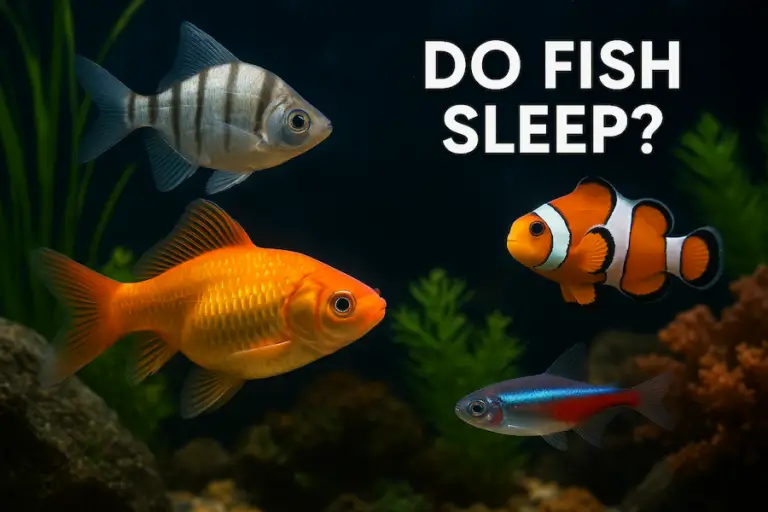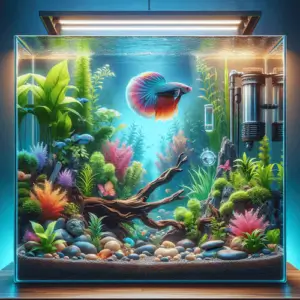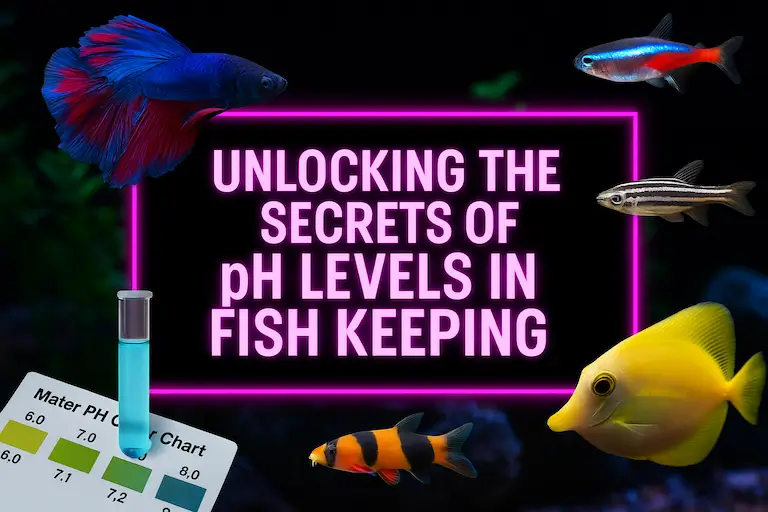How To Care For Gobies in Reef Tank
Care Requirements
Gobies require stable, clean environments to thrive. Essential water parameters include a temperature range of 72-78°F, pH levels of 8.1-8.4, and salinity between 1.020-1.025 specific gravity. A sandy substrate benefits those species that sift sand or burrow. A varied diet of algae, zooplankton, and commercially prepared foods will meet their nutritional needs.
Benefits
Beyond their ornamental value, gobies play crucial ecological roles. Sand-sifting species keep the substrate healthy by removing detritus and aerating the sand. Some gobies also help control algae, contributing to a cleaner, more balanced tank. Their peaceful nature makes them excellent additions to community tanks.
Cautions
Gobies are known to jump, so a tight-fitting lid is necessary. Be mindful of species-specific territorial behaviours and their sensitivity to medications and rapid changes in water conditions, which requires careful acclimation and treatment.
Symbiotic Relationships: Shrimp and Goby
Gobies can form symbiotic relationships, notably with pistol shrimp (e.g., genus Alpheus), showcasing fascinating examples of interspecies cooperation. The goby acts as a lookout for the nearly blind shrimp, which maintains their shared burrow.
Top 5 Gobies for Sand Sifting
1. Chalk Goby (Sicyopterus lagocephalus): Renowned for its distinctive sifting patterns that promote substrate health.
2. Blue Cheek Goby (Valenciennea strigata): Esteemed for its effective sand sifting and striking appearance.
3. Diamond Watchman Goby (Valenciennea puellaris): Favoured for its diligent substrate cleaning.
4. Orange Spotted Goby (Valenciennea puellaris): Notable for its sand aeration, ensuring a clean substrate.
5. Tiger Watchman Goby (Valenciennea wardii): Appreciated for its substrate maintenance capabilities and visual appeal.
Top 5 Gobies for Nano Reef Aquariums
1. Dracula Goby (Stonogobiops dracula): Its striking appearance and peaceful nature make it perfect for nano reefs.
2. Yellow Rock Goby (Cryptocentrus cinctus): Adds colour and engages in beneficial sand sifting behaviour.
3. Clown Goby (Gobiodon spp.): Small, colourful, and easy to care for, ideal for nano setups.
4. Neon Blue Goby (Stiphodon atropurpureus): Its vibrant coloration and peaceful temperament enhance any nano reef.
5. Green Clown Goby (Gobiodon atrangulatus): Known for its compatibility with peaceful tank mates and interesting behaviour.








